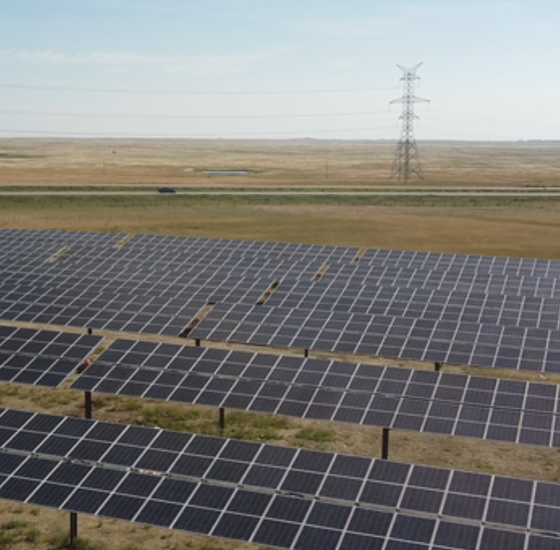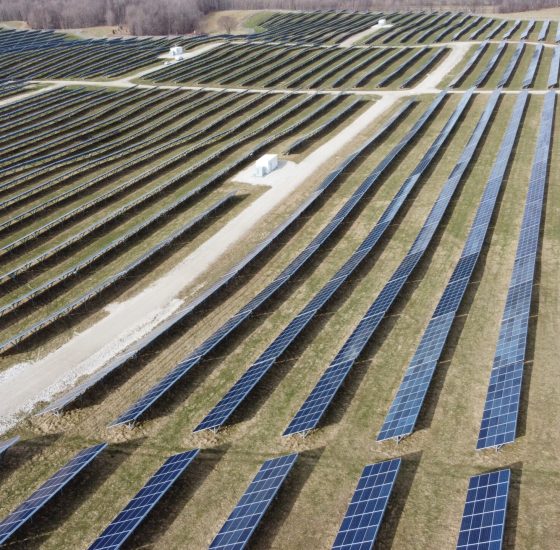Climate Consulting
Helping companies reduce their energy costs and transition to net-zero emissions.
Climate Consulting
Helping companies understand the difference between a REC, Carbon Offset, and Carbon Credit in order to ensure businesses achieve their environmental targets in the most cost-effective method possible

Climate Consulting & Carbon Management Insights – Renewable Energy Environmental Attributes

Climate Consulting & Carbon Management Insights – Renewable Energy Environmental Attributes
Climate Consulting: When implementing a carbon management strategy, many corporations look to the renewable energy industry to help reduce their scope 1 and scope 2 carbon emissions and accelerate their energy transition.
The first step we take with our clients in relation to our climate consulting services is to ensure a strong foundational knowledge throughout the organization about the difference between a Renewable Electricity Certificate (REC) and a carbon offset.
This foundation of knowledge empowers our clients to make informed decisions and enables us to customize a sustainability strategy for them that integrates investments and transactions with large scale renewable energy projects.
To fully understand the differences and financial implications of using REC, Carbon Credits, and/or Carbon Offsets to achieve your sustainability strategy, it is helpful to review the basics of what RECs, Carbon Credits, and Carbon Offsets represent.
REC represents 1 megawatt-hour (MWh) of renewable energy

A REC represents 1 megawatt-hour (MWh) of renewable energy generated, regardless of how many greenhouse gasses or tonnes of carbon equivalent that it displaces from the local electricity grid.
This renewable energy generation can take place anywhere in the world, and RECs trade internationally. There is no central clearinghouse for RECs, although there are various independent certification programs to validate the credits such as Green-e and EcoLogo.
Because RECs aren’t linked to a set volume of carbon emissions reductions, organizations that purchase RECs cannot claim a defined volume of carbon reductions (unless they can verify the carbon intensity of the regional electricity grid from which the REC was sourced).


Carbon Credits

Carbon Credits represent a 1 tonnereduction of carbon equivalent, and are generated by facilities that perform below their jurisdictional carbon pricing program’s benchmark for emissions.
The delta between the facility’s actual emissions and the benchmark, measured in tonnes of carbon equivalent, would be the number of Carbon Credits that the facility receives.
Carbon Credits retire on behalf of the company generating the credit for compliance purposes, or sold for profit to other organizations that didn’t meet their benchmark or are looking to achieve voluntary reductions.
Because Carbon Credits represent a reduction below an industry established benchmark, it is possible for carbon emitting facilities such as a gas fired electricity generation project to earn Carbon Credits.
Buyers of Carbon Credits for ESG purposes should be weary of the source of those credits in order to avoid getting labeled for greenwashing from buying credits with a poor narrative, such as an artificially high benchmark.
Carbon Offsets

Carbon Offsets represent 1 tonne of carbon equivalent, and are generated by projects that prevent the release of carbon into the atmosphere, such as renewable energy projects displacing other more carbon-intensive forms of electricity generation form the grid.
The volume of Carbon Offsets credit is calculated based on an industry defined calculation methodology and crediting protocol.
Buyers (or corporations that invest in projects which generate Carbon Offsets) however, should aware that the protocol used to quantify the Carbon Offset doesn’t always align with the then-current emissions avoided from the project.
As a result, best practices is to align the quantification protocol used to calculate your scope 1 and scope 2 carbon emissions the protocol used to calculate offsets generated.

Conclusion
Finally, once a corporation has determined that acquiring RECs, Carbon Credits, and/or Carbon Offsets is a strategy that they would like to utilize for the next 5-10 years, the next step is to identify strategic investments that will generate these RECS, Carbon Credits and/or Carbon Offsets and also earn a return on capital invested, as opposed to simply purchasing them as an ongoing expense to the corporation.
